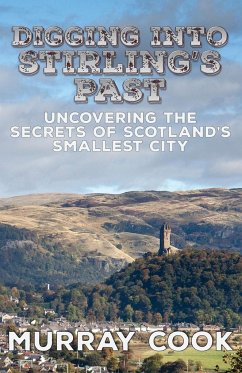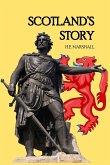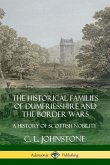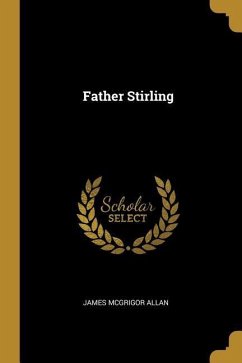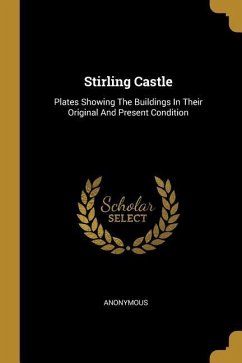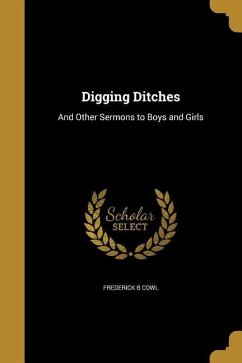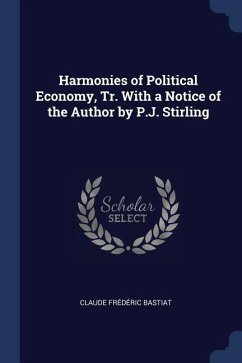Stirling is Scotland's smallest city and one of its newest. But, strangely, it's also the ancient capital and one of the most important locations in all of Scottish history. If you wanted to invade or to resist invasion, you did it at Stirling. It has witnessed Celts, Romans, Britons, Picts, Scots, Angles, Vikings, Edward I, William Wallace, Robert the Bruce, Edward II, Oliver Cromwell, Bonnie Prince Charlie, the Duke of Cumberland, and even played a decisive role in D-Day. This huge history has left its mark all over this tiny place. Stirling is Scotland's best preserved medieval city, boasting one of Europe's finest Renaissance palaces, the world's oldest football, Mary Queen of Scots' coronation, James III's grave and murder scene, the site of a successful 16th century assassination of Scotland's head of state, Scotland's first powered and unpowered flights, Scotland's biggest royal rubbish dump, one of Scotland's earliest churches, Scotland's two most important battles, vitrified forts, Scotland's oldest and best preserved Royal Park, connections to King Arthur and the Vikings, Britain's last beheading, Scotland's largest pyramid - and its oldest resident is 4000 years old! This book tells Stirling's story through its secret nooks and crannies; the spots the tourists overlook and those that the locals have forgotten or never visited. Join Stirling's Burgh Archaeologist, Dr Murray Cook, as he takes you on a tour of a fascinating city's history which is full of heroes and battles, grave robbing, witch trials, bloody beheadings, violent sieges, Jacobite plots, assassins, villains, plagues, Kings and Queens… and much, much more besides.

